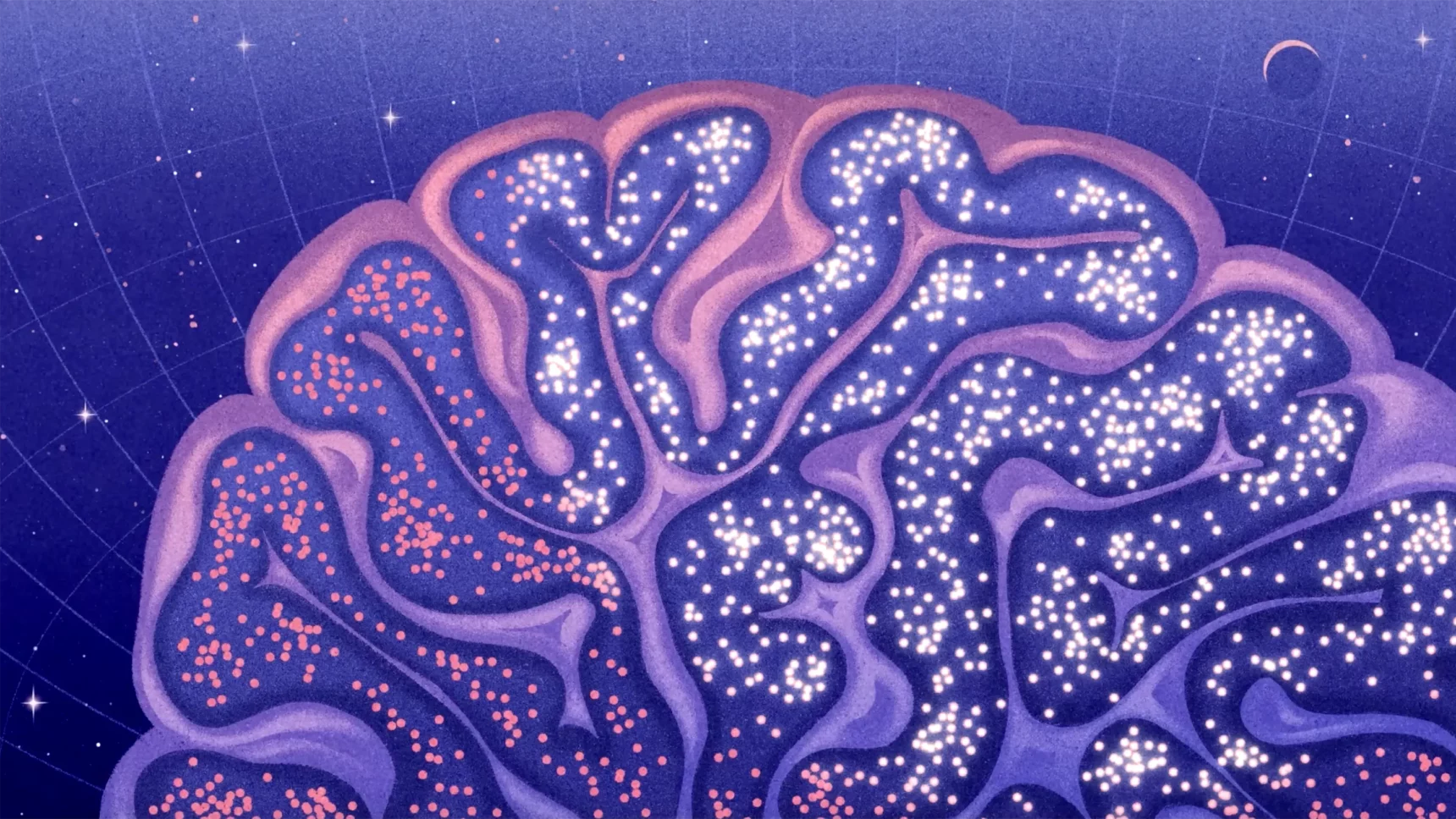Over the last few decades, an idea called the critical brain hypothesis has been helping neuroscientists understand how the human brain operates as an information-processing powerhouse. It posits that the brain is always teetering between two phases, or modes, of activity: a random phase, where it is mostly inactive, and an ordered phase, where it is overactive and on the verge of a seizure.
